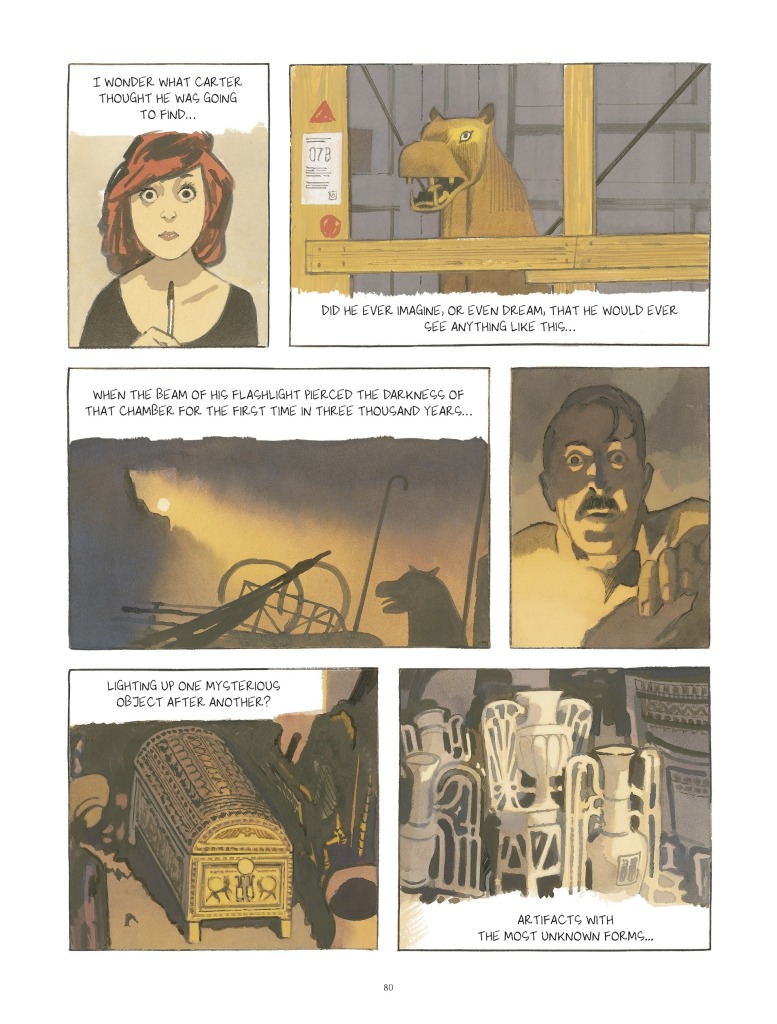One can see how the overall metaphor – digging deep in search of knowledge versus the blindness of the most superficial dependencies in human relationships – tries to preside over the story. To a certain extent, the narrative structure of Teresa’s and Ruben’s meeting is very classical romantic comedy, and this is a novel ready to be picked by Netflix for a quick buck (are we fancasting here?, sure: Hailee Steinfield and Timothée Chalamet). Fior, however, wants to explore a more dramatic outcome and tension, so the ride will be slightly more unpredictable. Nonetheless, the overall treatment and structuring of the book is rather conventional. This is not the beautifully intricated and powerfully emotional Cinquemila chilometri al secondo. Teresa suffers from insomnia, which helps out in throwing yet another level of exploration of the psychological mess she’s in into this relationship, strained by both financial and daily life routines (or lack thereof) and the impending stress of the exhibition. The sole respite comes from the reading of Carter’s book, whose embedded travails make up almost a quarter of the graphic novel.

But there’s something amiss in the marriage of these strands. Perhaps it’s the fact that Berlin is not explored that much per se. It’s more often than not the background of the lovers’ life, even though it does rear its topical head here and there (a final 9/11 reference seems somewhat glued to the whole thing, with dubious efficacy). Perhaps it’s the fact that the books title, a reference to the plant “hypericon” appears in a quite expositional scene that takes ways both its explanatory and its emotional power.

Again, maybe that is Fior’s point in this particular book. After all, Ruben is just a big teenage kid, who has not grown up enough. And Teresa, for all her anxious planning, as not reach a point of equilibrium to understand the waves of change that life brings about. And Carter, with his phlegmatic aloofness, is sometimes able to perceive profoundity and beauty where others would be too distracted. One other, subterranean at it were, theme is time, or rather, its fleetingness. The last words of the book are taken from Carter’s journals, who is taken aback and marvelled by finding a small garland of St. John’s wort flowers in the sarcophagus, “still retaining their tinge of color”. This plant is also known as hypericon. He writes, “They told us what a short period three thousand three hundred years really was—but Yesterday and the Morrow.” Fior closes his book in such a touching elegiac tone, but the truth is that Teresa and Ruben met halfway (Ruben less punkish, Teresa less prissy), engendering some degree of “normalcy” into their lives. However, if that makes somewhat poorer, less interesting stories – we either prefer tragedies or blasting happy endings – isn’t that sort of compromise what we are actually looking for in our own, real lives? Less turmoil and simple garlands of flowers, that will be able to retain a little tinge of color in the morrow?

Deixe um comentário